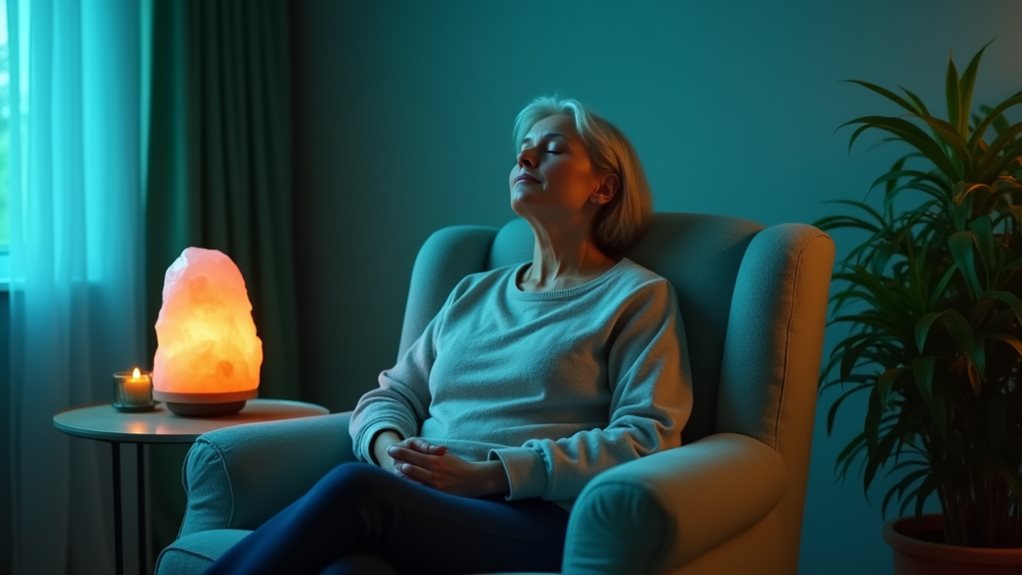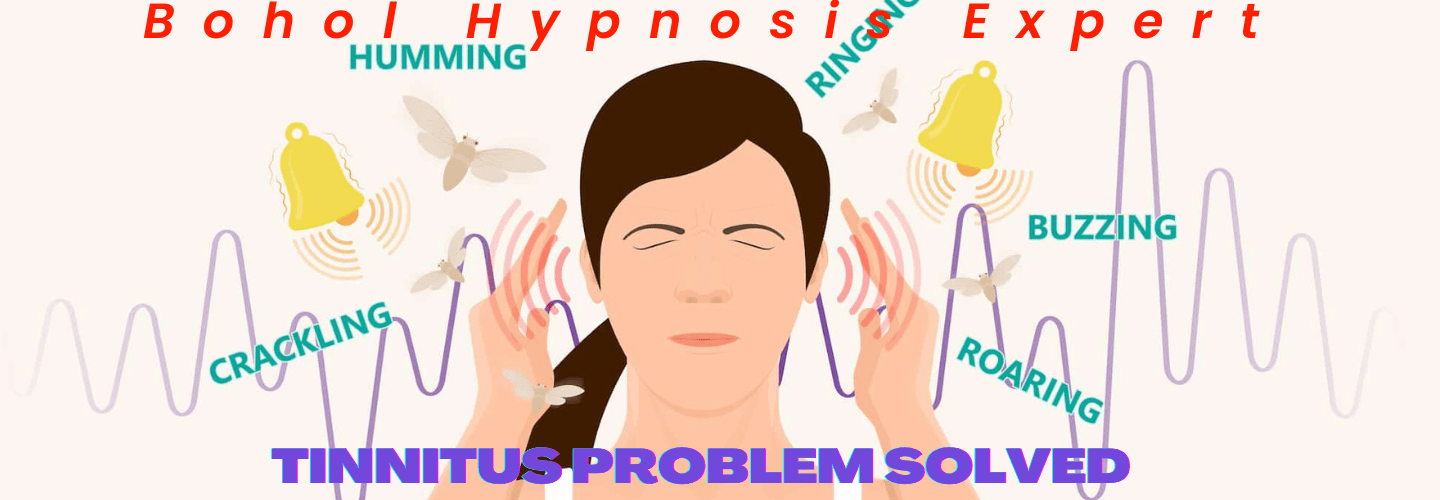
Self-hypnosis is a powerful technique to conquer fears by tapping into the subconscious mind, utilizing tools like deep relaxation, controlled breathing, and progressive muscle relaxation. It helps individuals create a calm, focused state to visualize and gradually desensitize themselves from phobias, enhancing resilience over time. Regular practice and self-reflection enable one to uncover emotional patterns and assess progress, further empowering them to tackle their fears. Exploring these methods in sequence fosters meaningful personal growth.
Key Takeaways
- Utilize deep relaxation and controlled breathing to enter a hypnotic state for psychological influence.
- Employ visualization to safely confront and diminish fear in a controlled mental environment.
- Practice progressive muscle relaxation to reduce physical and mental tension associated with phobias.
- Regularly repeat visualizations associating fearful situations with positive outcomes to build resilience.
- Maintain a routine of self-hypnosis, assessing progress through journaling to enhance self-awareness and manage fears.
Understanding the Basics of Self-Hypnosis
Self-hypnosis is a valuable tool for accessing the subconscious mind, enabling individuals to influence their own psychological states and behaviors.
Through relaxation techniques such as deep breathing and guided visualization, self-hypnosis offers a path to heightened self-awareness.
This self-awareness benefits users by allowing them to uncover and address hidden fears and emotional patterns that influence their daily lives.
By practicing self-hypnosis, individuals can cultivate a calm, focused state of mind, facilitating personal growth and emotional resilience.
This method empowers people to manage stress more effectively and achieve a deeper understanding of their psychological landscape.
Preparing Your Mind and Environment for Self-Hypnosis
After grasping the fundamentals of self-hypnosis and its benefits, it is equally important to prepare both mind and environment to fully engage in this practice.
Mindfulness preparation starts with clearing mental clutter, fostering a state of calm and focus. Simultaneously, environmental factors play a significant role.
Choose a quiet, comfortable space where interruptions are minimized. Soft lighting and perhaps soothing background music can enhance the atmosphere. Ensuring physical comfort through supportive seating or lying positions also aids in maintaining focus and relaxation.
Such meticulous preparation paves the way for an immersive and effective self-hypnosis session, optimizing the potential for personal growth and fear management.
Techniques for Initiating Self-Hypnosis

To begin self-hypnosis, one must first achieve a state of deep relaxation, which serves as the cornerstone of the practice.
Effective self-hypnosis induction often starts with relaxation techniques that calm the mind and body, preparing for deeper psychological work.
One common method involves controlled breathing: inhale slowly and deeply, then exhale gradually, focusing purely on the rhythm of the breath.
Progressive muscle relaxation is another technique where one tenses and then relaxes different muscle groups sequentially, promoting overall relaxation.
These initial steps are essential as they facilitate the shift into a hypnotic state, allowing the individual to focus inwardly more effectively.
Using Visualization to Combat Phobias
Once a state of deep relaxation is achieved through techniques such as controlled breathing and progressive muscle relaxation, individuals can employ visualization as a powerful tool to combat phobias.
This method involves picturing oneself in a situation that typically triggers anxiety, but in a controlled and safe mental environment. The visualization benefits include gradually desensitizing the individual to the fear, thereby diminishing its impact.
By repeatedly visualizing success in overcoming these triggers, a person can begin to associate previously fearful situations with positive outcomes, effectively rewriting the subconscious responses that fuel the phobia.
This practice fosters resilience and confidence.
Crafting Personalized Self-Hypnosis Scripts

Crafting personalized self-hypnosis scripts is a pivotal step towards effective self-therapy, as these tailored narratives directly address individual fears and triggers.
To begin, one must identify emotional triggers and the specific situations that evoke these responses. The next phase involves constructing a script structure that guides the subconscious gently towards confrontation and resolution of these fears.
This script should incorporate soothing, affirmative language that resonates on a personal level, thereby facilitating deeper emotional engagement.
Regular Practice and Maintenance of Self-Hypnosis
After developing personalized self-hypnosis scripts, the next step involves establishing a routine for regular practice and maintenance.
Consistency is essential in integrating self-hypnosis into daily life, fostering lasting change. Here are four critical tips:
- Set a Specific Time: Dedicate a regular slot each day for self-hypnosis to guarantee consistency.
- Create a Conducive Environment: Choose a quiet, comfortable space free from interruptions.
- Incorporate Self Reflection: Use this time for self reflection practices, enhancing personal insight.
- Track Your Sessions: Keeping a log helps in maintaining a routine and observing patterns and improvements over time.
Assessing Progress and Adjusting Techniques

How effectively are the self-hypnosis techniques working for you? Evaluating progress and adjusting techniques are essential steps in mastering self-hypnosis for fear management.
Progress tracking involves regularly examining your emotional state and reactions to previously triggering situations. This data allows for technique refinement, ensuring that each session is tailored to your evolving needs.
For best results, integrate journaling to document insights and breakthroughs, providing a clear view of your journey and areas needing attention.
Adjustments may include altering visualization scenarios or deepening relaxation practices. Continual refinement enhances the efficacy of self-hypnosis, empowering you to conquer fears more effectively.
Frequently Asked Questions
Can Self-Hypnosis Techniques Replace Professional Therapy?
Self-hypnosis offers benefits as a therapy alternative, potentially complementing professional treatment rather than replacing it entirely. Its effectiveness varies by individual, emphasizing the need for professional guidance in severe cases of fear and phobias.
How Often Should I Practice Self-Hypnosis for Best Results?
To optimize self-hypnosis outcomes, one should aim for daily practice. Consistency in self-hypnosis frequency enhances efficacy, solidifying desired mental shifts and coping mechanisms. Regular engagement fosters deeper subconscious influence and emotional resilience.
Are There Any Risks Associated With Self-Hypnosis?
Self-hypnosis generally poses minimal risks when practiced correctly, focusing on safety and managing expectations. However, individuals may experience disorientation or emotional distress if not properly guided or if underlying mental health issues are present.
Can Self-Hypnosis Be Effective for Children?
Self-hypnosis can be effective for children, offering benefits in managing fears and anxiety. Through guided visualization and relaxation techniques, children may learn to control their emotional responses and build confidence in facing various situations.
How Do I Know if My Fear Is a Phobia or Typical Anxiety?
Steering through the stormy seas of fear, one distinguishes a phobia from typical anxiety by identifying phobia symptoms like intense, irrational fears and recognizing anxiety triggers linked to more generalizable stress reactions in diverse situations.
Conclusion
In the garden of the mind, self-hypnosis emerges as a gentle gardener, meticulously weeding out the invasive roots of fear and nurturing the blossoms of confidence and tranquility. As individuals cultivate this skill, they witness a transformative growth within themselves, much like a once-barren plot reborn as a vibrant, flourishing landscape. This technique, consequently, not only soothes the present but also sows the seeds for a resilient and fearless future.





